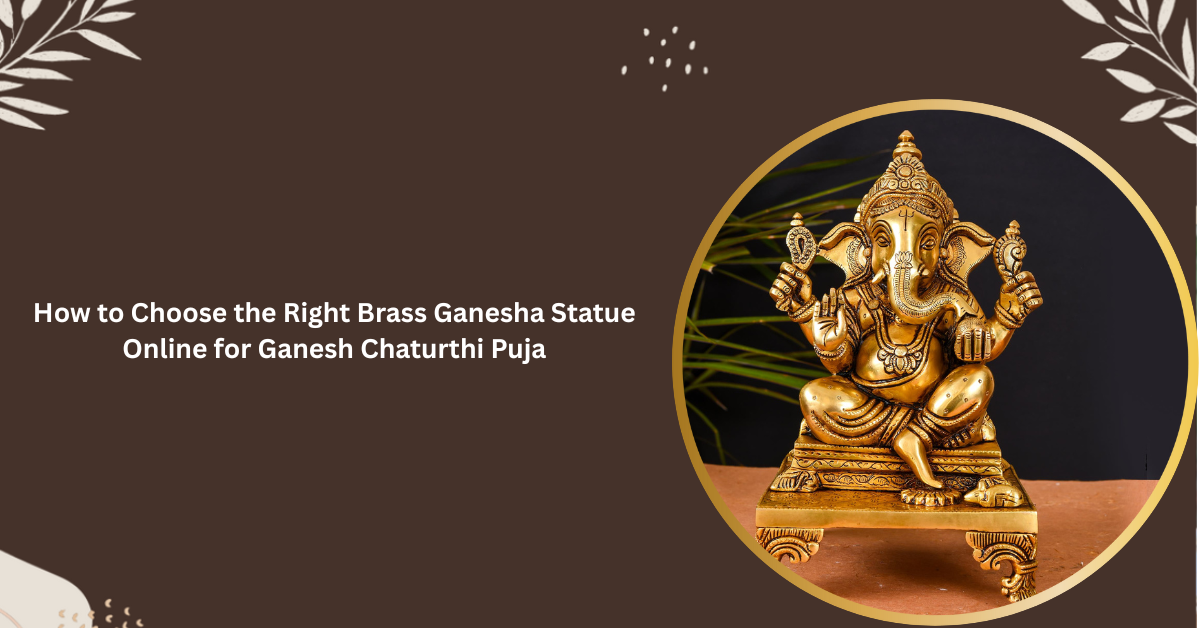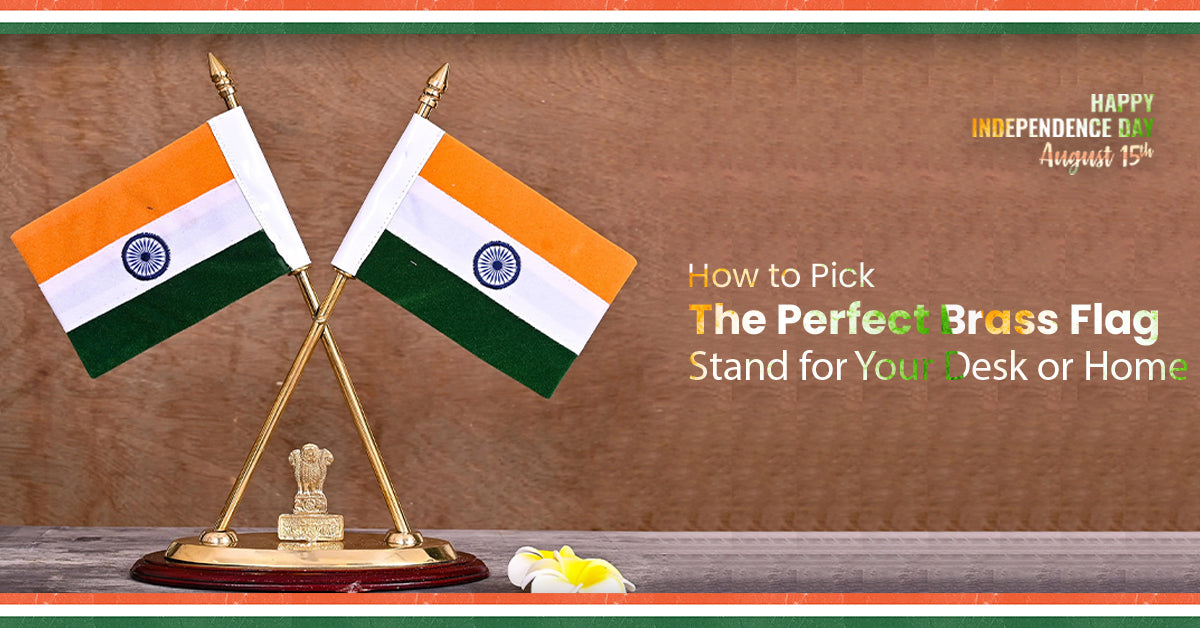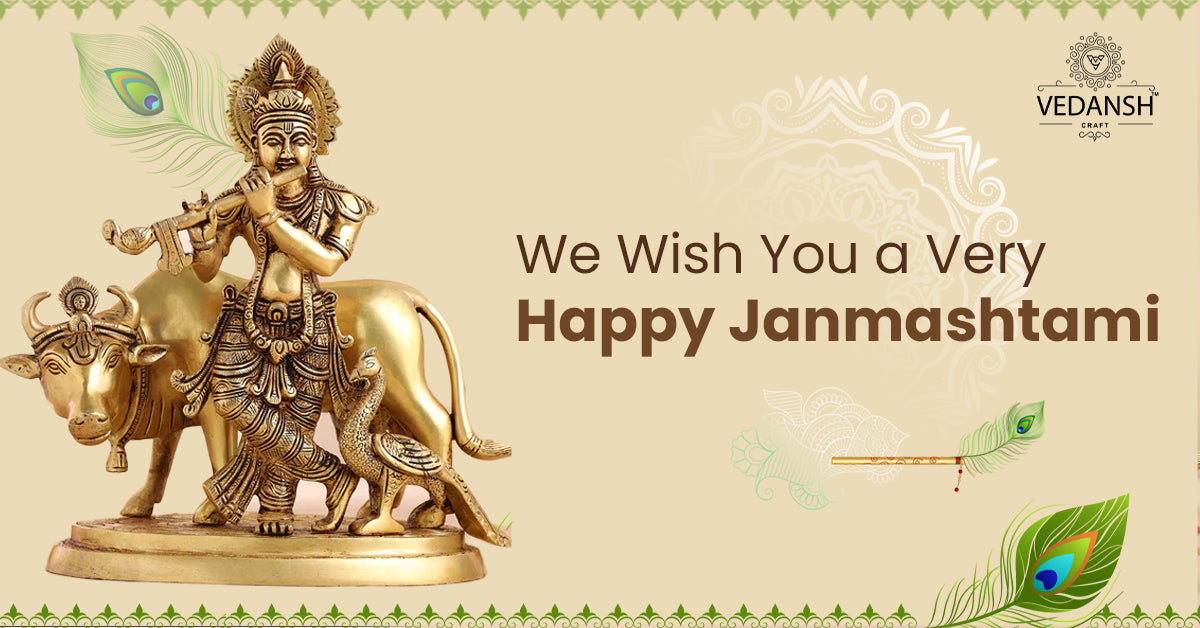

The Beauty of the Gayatri Mantra
, by javed techqart, 7 min reading time
The Gayatri Mantra is a cornerstone of Hinduism, chanted for millennia by seekers of knowledge, peace, and spiritual growth. Encompassing just 24 syllables, this powerful verse holds immense meaning and resonates with practitioners across the globe. Let's embark on a journey to unveil the beauty of the Gayatri Mantra, exploring its meaning, benefits, and the simplicity of its practice.
Gayatri Mantra Meaning: Unveiling the Layers
The Gayatri Mantra, in its original Sanskrit form, is:
ॐ भूर्भुवः स्वः । तत्सवितुर्वरेण्यं भर्गो देवस्य धीमहि धियो यो नः प्रचोदयात् ॥
Om bhur bhuvah svah । tat savitur varenyam bhargo devasya dhimahi dhiyo yo nah prachodayat ॥
Here is a breakdown of the Gayatri Mantra meaning word by word:
- Om (ॐ): This sacred syllable represents the divine essence, the ultimate reality.
- Bhuh (भूः), Bhuvah (भुवः), Svah (स्वः): These three words represent the three worlds - the physical world (Bhuh), the atmospheric world (Bhuvah), and the celestial world (Svah).
- Tat (तत्): This word refers to "That," the ultimate reality or the divine.
- Savitur (सवितुः): This refers to the radiant Sun God, Savitr, often associated with illumination and knowledge.
- Varenyam (वरేण्यम्): This word means "adorable" or "worthy of worship."
- Bhargah (भर्गः): This translates to "divine light" or "splendor."
- Devasya (देवस्य): This means "of the divine" or "of the God."
- Dhimahi (धീमहि): This word signifies "we meditate" or "we contemplate."
- Dhiyo (धियोः): This translates to "intellect" or "understanding."
- Yo nah (यः नः): This means "who (may He)" or "which (may it)."
- Prachodayat (प्रचोदयात्): This word translates to "illumine" or "enlighten."
Putting it all together, the Gayatri Mantra meaning becomes:
"We meditate on the divine light of that adorable Sun God, Savitr, who is the source of all life and knowledge. May He illumine our intellect."
The Gayatri Mantra is essentially a prayer for enlightenment, seeking guidance from the divine light to dispel ignorance and illuminate the path to wisdom.
Gayatri Mantra Benefits
The Gayatri Mantra benefits are numerous and well-documented in ancient scriptures and by modern practitioners. Here are some of the key benefits of chanting the Gayatri Mantra:
- Enhanced Focus and Clarity: The repetitive nature of chanting the mantra helps calm the mind and improve concentration. This can lead to better focus in daily activities and a clearer perspective on life's challenges.
- Inner Peace and Well-being: Chanting the Gayatri Mantra is a form of meditation. It promotes relaxation and reduces stress, leading to a sense of inner peace and overall well-being.
- Increased Knowledge and Wisdom: The mantra's focus on illumination is believed to stimulate the intellect and enhance learning capabilities. Regular practice can lead to a deeper understanding of oneself and the world.
- Spiritual Growth: The Gayatri Mantra is a gateway to a spiritual journey. By connecting with the divine light, practitioners believe it fosters spiritual growth and self-awareness.
These Gayatri Mantra benefits are not limited to the individual. Chanting is also believed to bring positive energy and peace to the surrounding environment.
Practice and Techniques of the Gayatri Mantra
The beauty of the Gayatri Mantra lies in its simplicity. Here's how you can start practicing this powerful chant:
- Finding a Quiet Space: Choose a clean and quiet space where you can focus without distractions.
- Posture and Breathing: Sit comfortably in a relaxed posture, ideally in a lotus or Sukhasana (easy) pose. Take slow, deep breaths through your nose and exhale through your mouth.
- Pronunciation: While pronunciation isn't everything, trying to learn the basic sounds can enhance the experience. Here's a simplified pronunciation guide:
- Om (ॐ): Pronounced like "Aum".
- Bhuh (भूः): Pronounced like "Bhoo".
- Bhuvah (भुवः): Pronounced like "Bhoo-vah".
- Svah (स्वः): Pronounced like "Swa".
- Tat (तत्): Pronounced like "Tut".
- Savitur (सवितुः): Pronounced like "Savit-ur".
- Varenyam (वरേण्यम्): Pronounced like "Vare-nyam".
- Bhargah (भर्गः): Pronounced like "Bhur-guh".
- Devasya (देवस्य): Pronounced like "Deva-sya".
- Dhimahi (धीमहि): Pronounced like "Dhee-mahi".
- Dhiyo (धियोः): Pronounced like "Dhee-yo".
- Yo nah (यः नः): Pronounced like "Yah nah".
- Prachodayat (प्रचोदयात्): Pronounced like "Pra-cho-da-yat".
- Chanting the Mantra: Begin by chanting "Om" slowly, feeling the vibration resonate within you. Then, slowly chant the entire mantra, focusing on the meaning of each word. Repeat the mantra for a set number of times, traditionally 108 repetitions using a japa mala (prayer beads) for counting.
- Frequency and Consistency: It is more beneficial to chant the Gayatri Mantra regularly for a shorter duration than sporadically for a longer period. Start with a manageable number of repetitions, like 3 or 5, and gradually increase as you become comfortable. Ideally, chant the mantra during sunrise for maximum benefit.
- Intention and Devotion: The most important aspect of practicing the Gayatri Mantra is your intention. Approach it with devotion and a sincere desire for enlightenment. Let the meaning of the mantra resonate within you, and allow it to guide your thoughts and actions.
The Gayatri Mantra is a powerful tool for personal transformation, offering a path to inner peace, knowledge, and spiritual growth. Anyone, regardless of background or belief system, can benefit from its practice. By incorporating the Gayatri Mantra into your daily routine, you can unveil the light of knowledge and wisdom within yourself. Remember, the journey of a thousand miles begins with a single step. Start chanting the Gayatri Mantra today, and embark on a transformative journey towards a brighter you.
Tags
Blog posts




